THE COSMIC MOUNTAIN
" At the first light of the gray dawn, through the windshield of my car, as I was driving south, Fujisan appeared before me. Its mass was much larger than I had imagined. Its dimensions were those of an entire world. On that murmuring autumn morning, one could trace the curvature of its slopes from its base. A line started from the high plateaus that form its northern foundation. It cut through the golden horizon of Suruga Bay and then abruptly disappeared into the clouds. Beyond that boundary, the mountain became invisible. To guess its size, one had to mentally bring together the two lines of slopes that soared towards the sky on either side. The point of convergence in my mind was so high that I repeatedly made the effort to imagine the location of the summit.
The Cosmic Mountain, Alex Fortuit https://www.alexfortuit.com/
It was then that I realized what I had encountered was much more than a mountain. Its permanent presence was both reassuring and unsettling. The power it exuded was far greater than anything I had ever encountered. From that moment on, it was inconceivable not to devote all my time in Japan to this marvelous thing that I was going to learn to know."
Aru du Val
Aru du Val chooses to work in places that, due to their uniqueness, shape the individuals who inhabit them. His photographs explore how these individuals "exist in the world." To do this, he examines the relationships people maintain with their environment through practices, arrangements, representations, and the mythologies that emerge from them. Inspired by American photography of the 1970s and 1980s as well as Renaissance painting, he works with medium format and large-format cameras. His photographs, always in color, are conceived as paintings, often long before they are created. The shots validate his intention: to create a surface-level visual narrative that allows for deeper questioning of the world.
In La Montagne cosmique, Aru du Val draws on the book The Sacred and the Profane by Mircea Eliade. The Romanian mythologist talks about the Mountain as a foundational element in many origin myths (cosmogonies). He notably refers to one of the original myths of creation, where the world is born through the separation of Sky and Earth. This separation is embodied in the figure of the Mountain, whose towering form stretching from Earth to Sky symbolizes this cosmogony.
Aru du Valʼs work reveals this cosmic mountain in the form of Fujisan. The volcano is presented as a hierophany, a manifestation of the sacred within the profane world.
To achieve this, he explores, unveils, and sublimes, seeking to transcend the conventional discourse on Fujisan that reduces it to its shape and beauty. By positioning his work at the intersection of photography and painting, he creates a sensitive narration that, while presenting reality, also brings imagination. Thus, the crater of Fujisan appears like a constellation, where the rocks become stars and the patches of color resemble nebulae floating in space. The campers at Lake Motosu-ko gazing at the mountain become an allegorical narrative: humans, from the profane space, lift their eyes toward Fujisan which, beyond the waters, symbolizes the inaccessible sacred realm.
Each of Aru du Valʼs photographs contributes to uncovering the cosmogonic myth of the Mountain. The existence of such a figure allows humans to find meaning in the world around them.
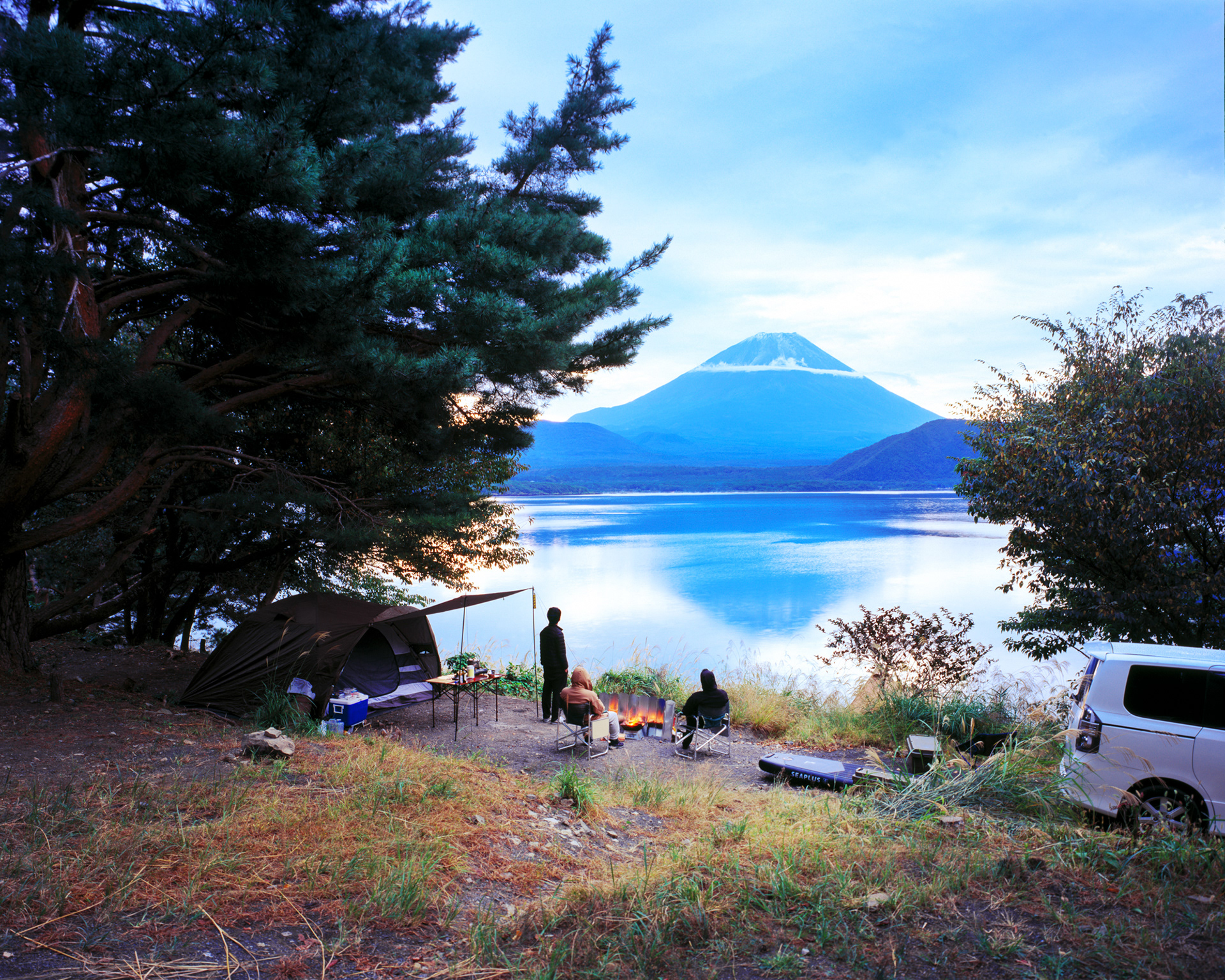

Sei to zoku, 2023
Depuis le cratère, 2024
Ginga, 2024
The Center
The cosmic mountain is the centre from which everything exists, an original Axis Mundi, the prerequisite for all cosmogony. It is a landmark, a guide and proof of the existence of both worlds. Without it, nothing could exist. Everything takes on meaning through its presence.
The cosmic mountain is the centre from which everything exists, an original Axis Mundi, the prerequisite for all cosmogony. It is a landmark, a guide and proof of the existence of both worlds. Without it, nothing could exist. Everything takes on meaning through its presence.
There are other cosmic mountains on Earth where people have consecrated places of passageways between Heaven and Earth. Although they have different names, all these mountains are one and the same thing: the materialisation of the sacred, hierophanies. They enable people to give meaning to the World around them and thus to begin to live in an ordered reality whose centre, this cosmic Mountain, protects them from chaos.
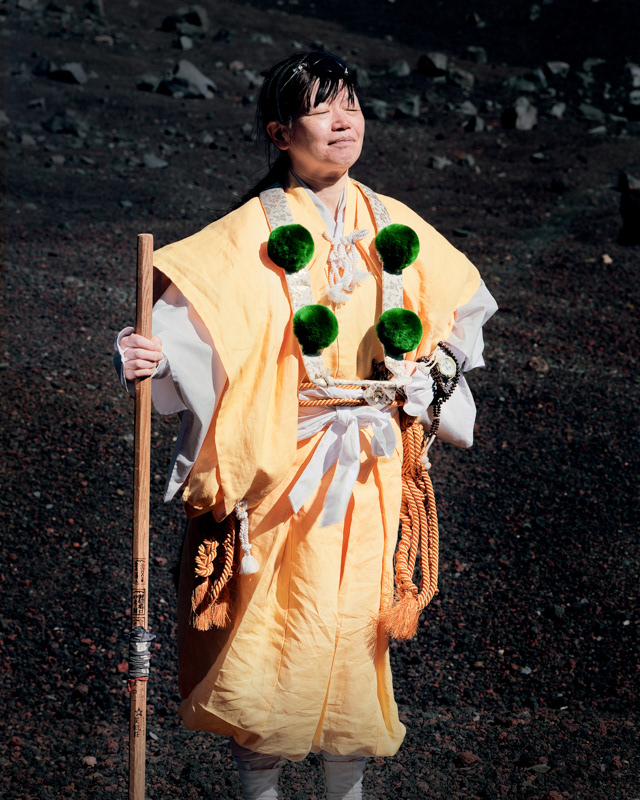
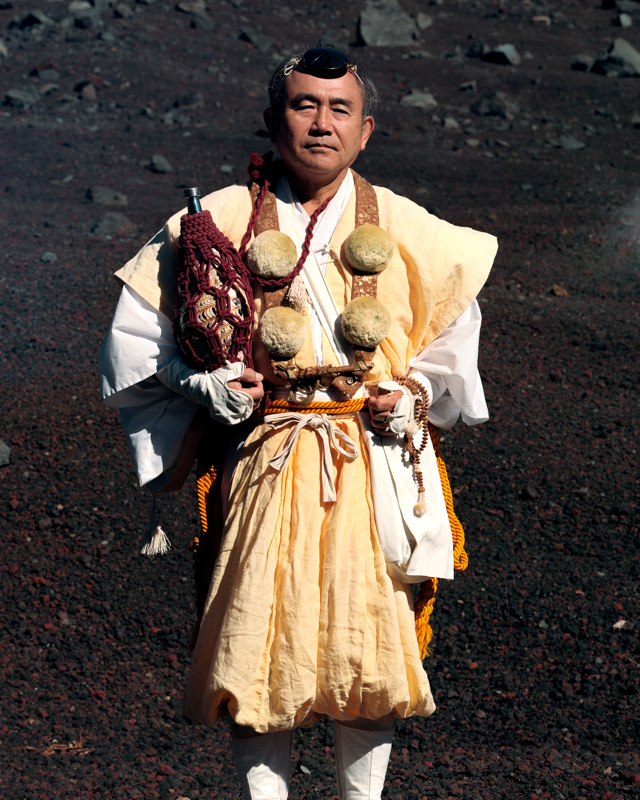
Yamabushi, 2024
Prière intérieure, 2024
«By manifesting the sacred, any object becomes something else without ceasing to
be itself, for it continues to participate in its surrounding cosmic environment.»
Mircea Eliade, The Sacred and the Profane, 1956
be itself, for it continues to participate in its surrounding cosmic environment.»
Mircea Eliade, The Sacred and the Profane, 1956


Aka sankaku, 2023
Kuro sankaku, 2024
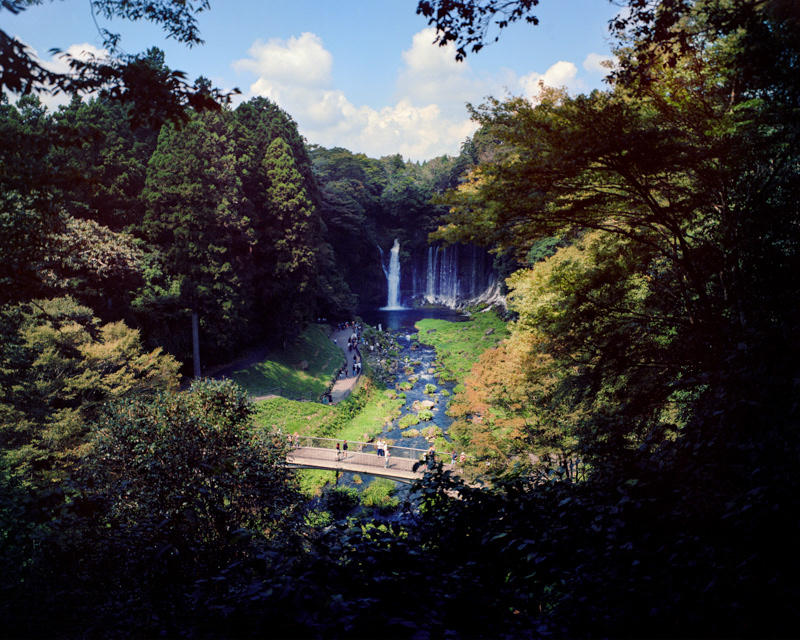
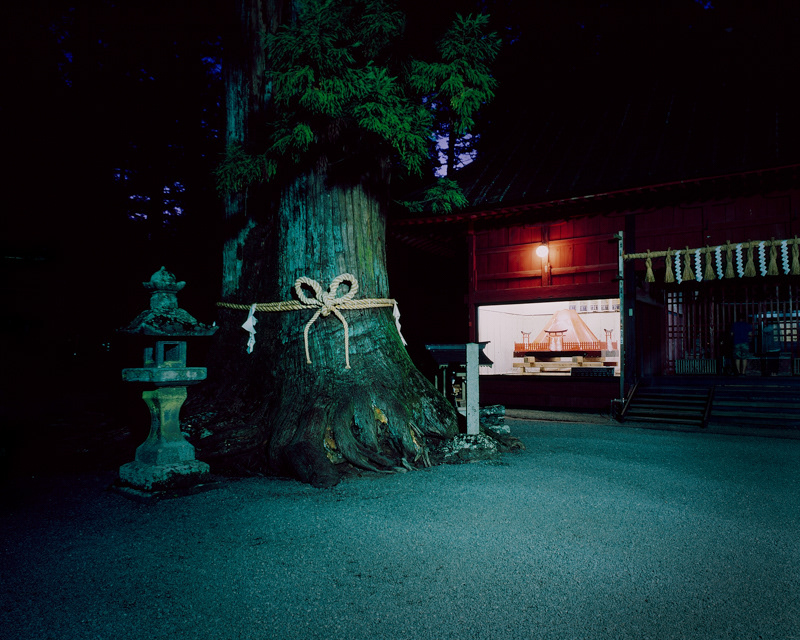
Shiraito no taki, 2023
Fuji rouge, 2023
Aka no naka, 2024
Sakasa Fuji, 2025
Mount Hoei, 2023
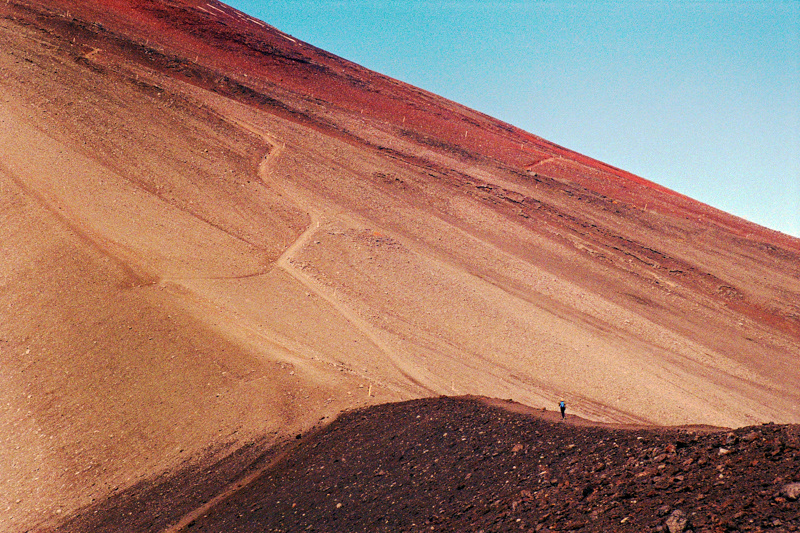

Noborimasu, 2023
Hurui Fuji, 2025
From the sea of clouds emerges a triangular shape taller than anything else. It is the cosmic mountain that possesses power to unite the profane and the sacred in a perfect geometrical momentum. Its summit platform is where the two worlds meet, where the homogeneity of space can be broken down.
Pyramide noire, 2024
Hierophany
A concept introduced by Mircea Eliade in his works on the sacred,
meaning that something sacred reveals itself to us, manifests itself.
Encyclopedia Universalis
A concept introduced by Mircea Eliade in his works on the sacred,
meaning that something sacred reveals itself to us, manifests itself.
Encyclopedia Universalis
Yoru Fuji, 2025
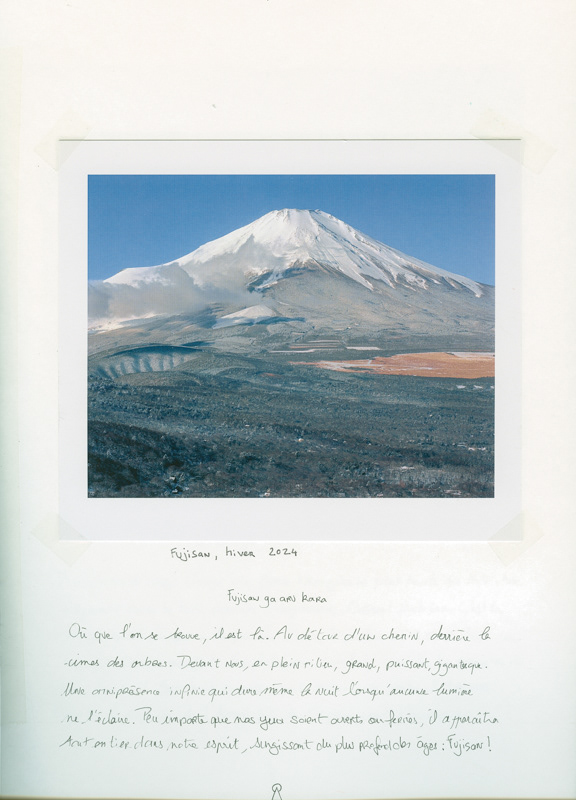
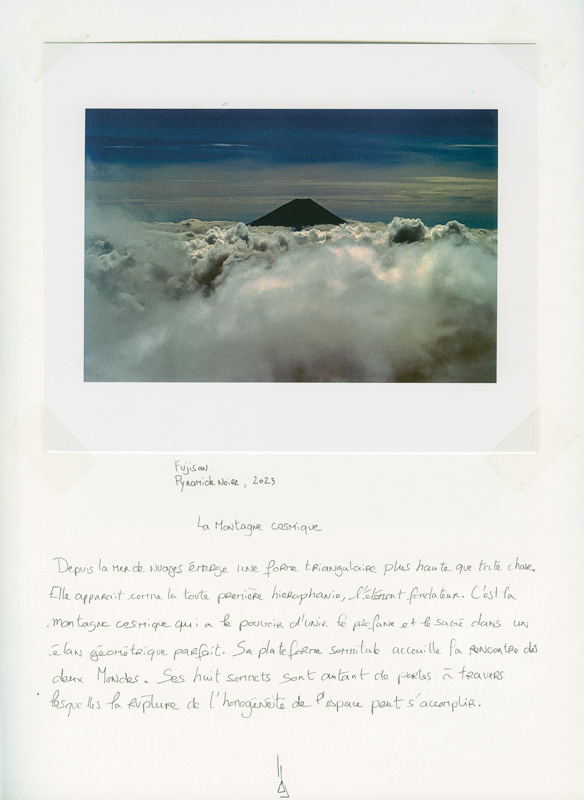
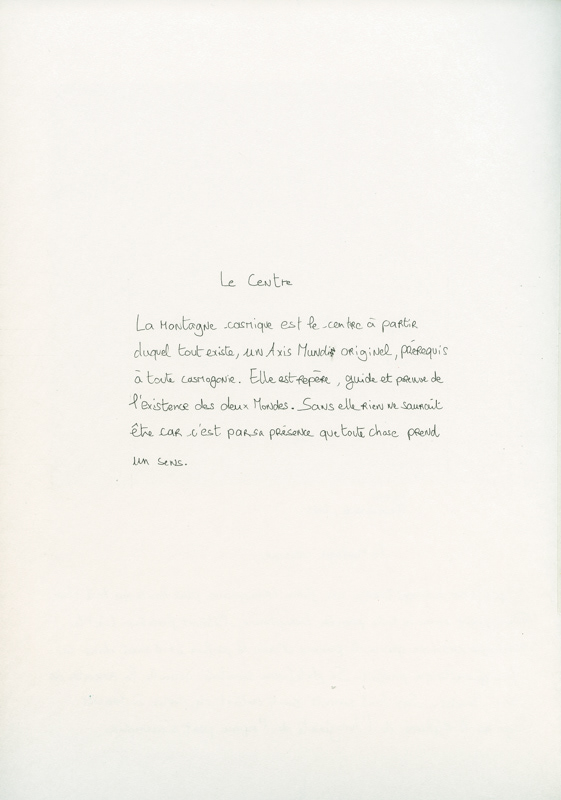
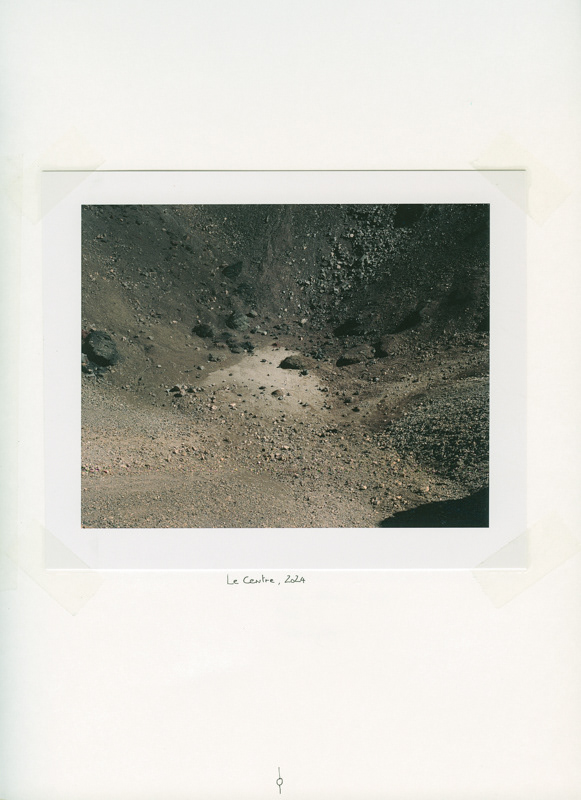
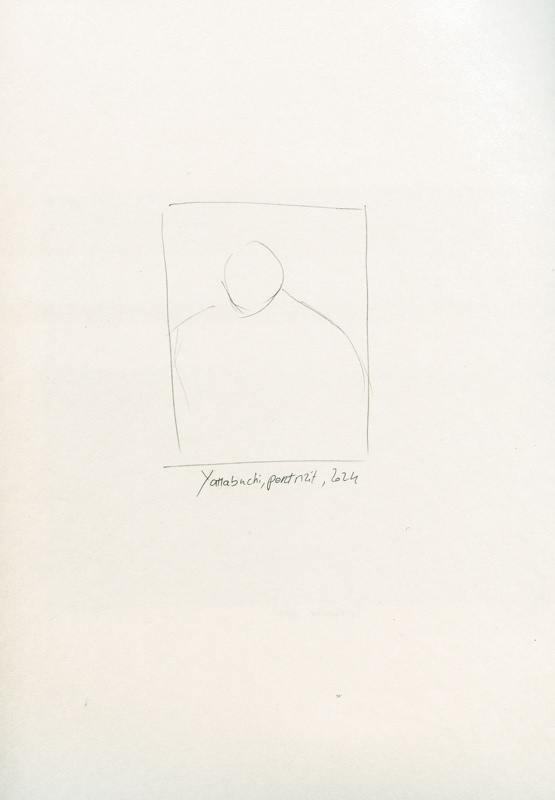

«By manifesting the sacred, any object becomes something else without ceasing to
be itself, for it continues to participate in its surrounding cosmic environment.»
be itself, for it continues to participate in its surrounding cosmic environment.»
Mircea Eliade, The Sacred and the Profane, 1956
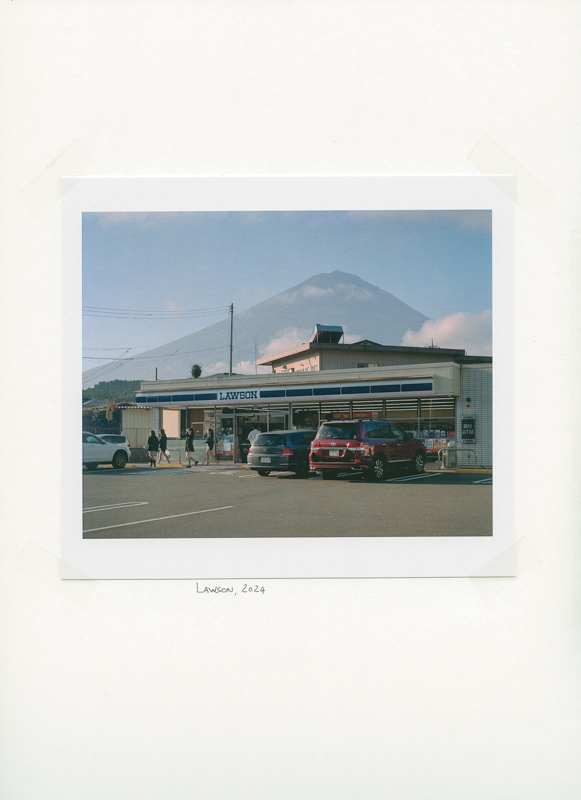
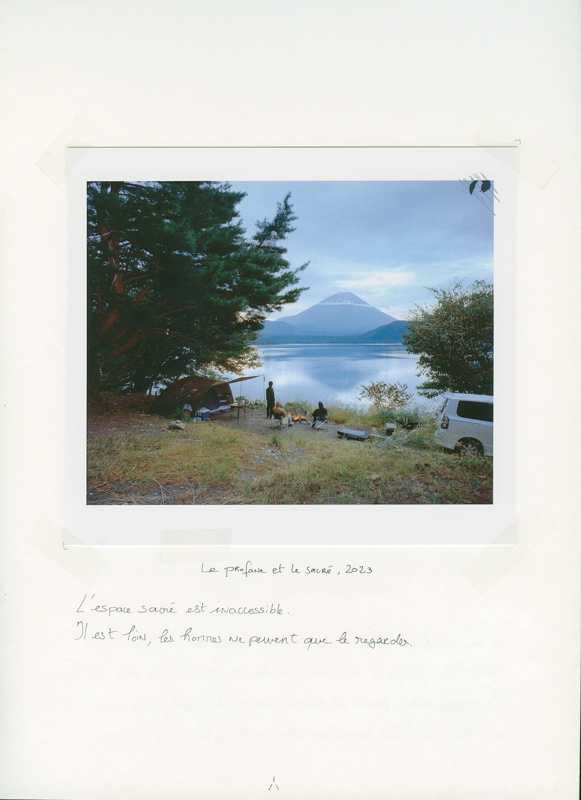
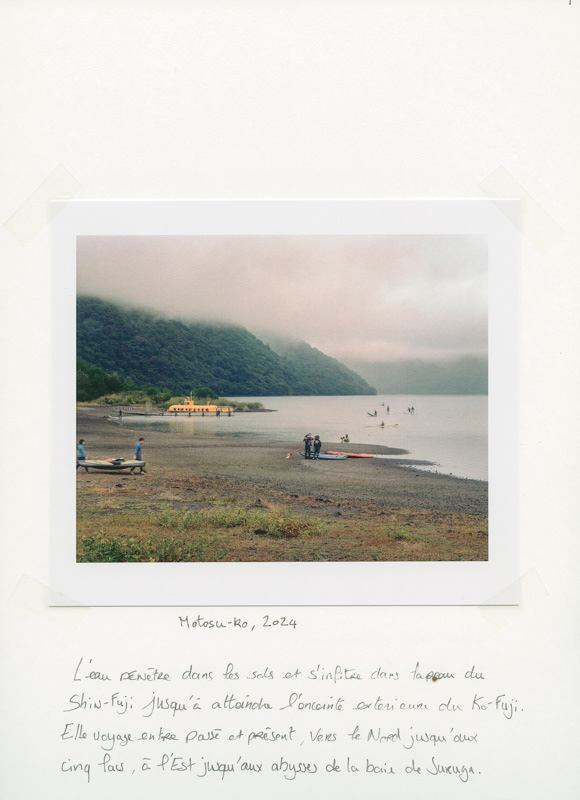

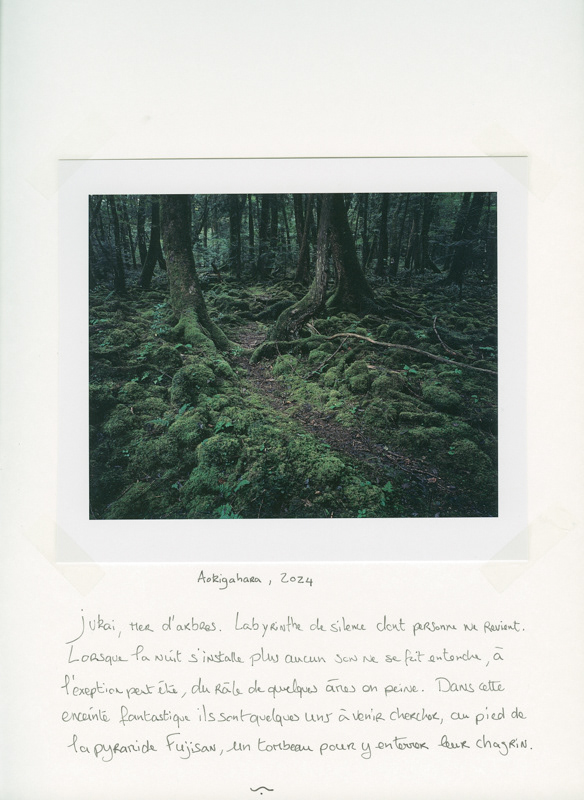
Yoru Fuji, 2025
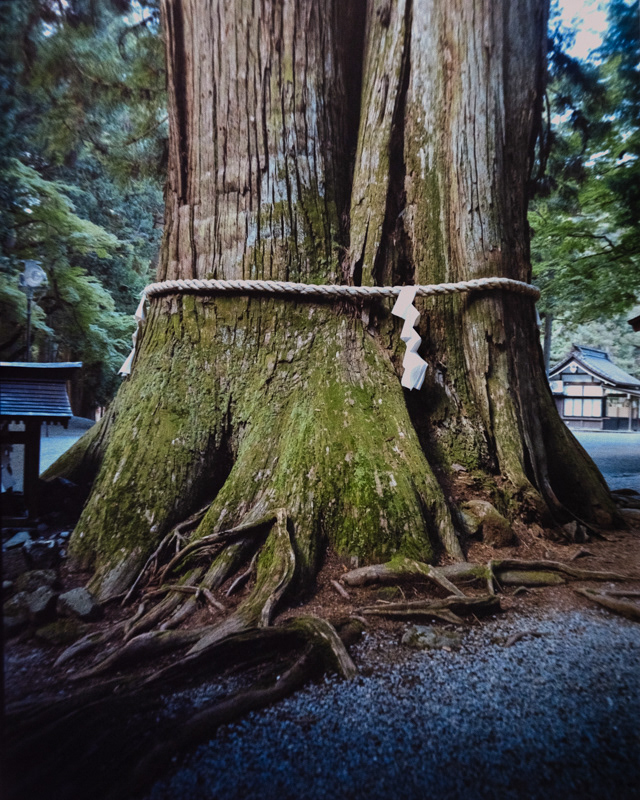

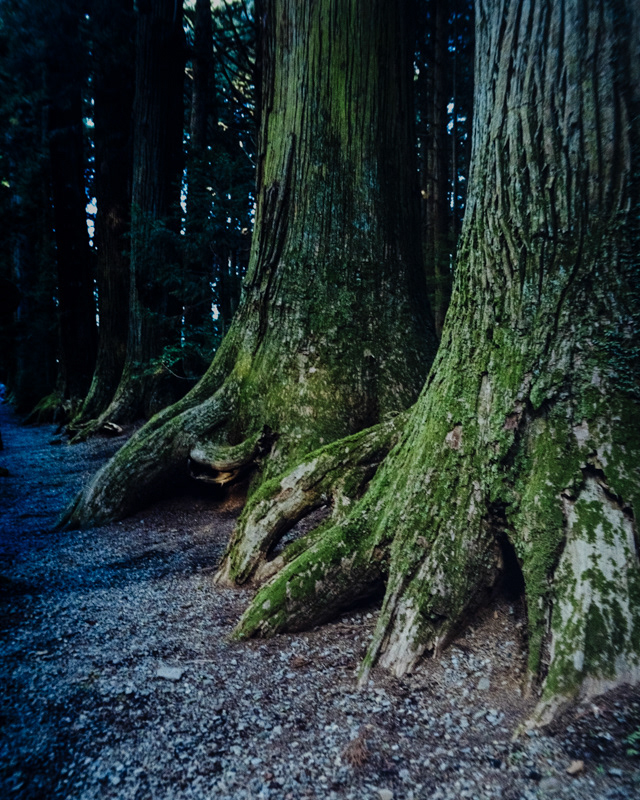
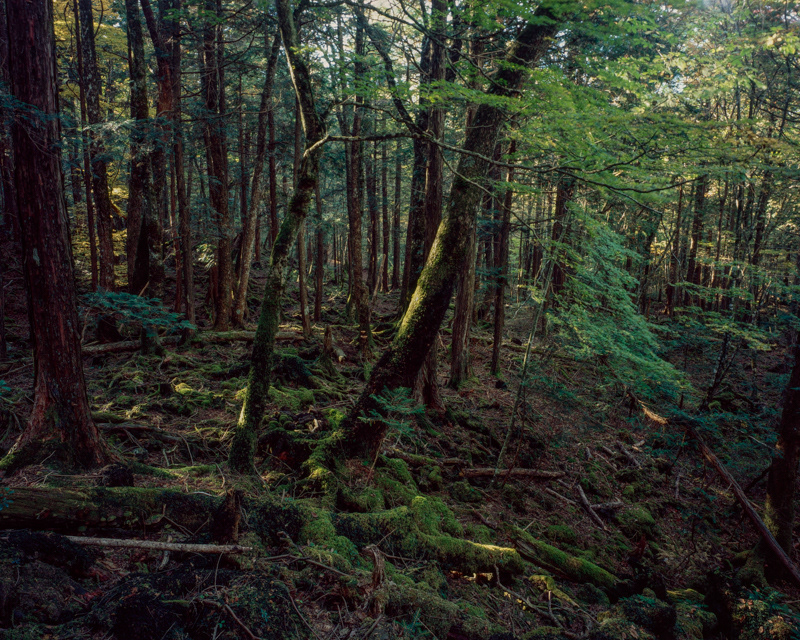
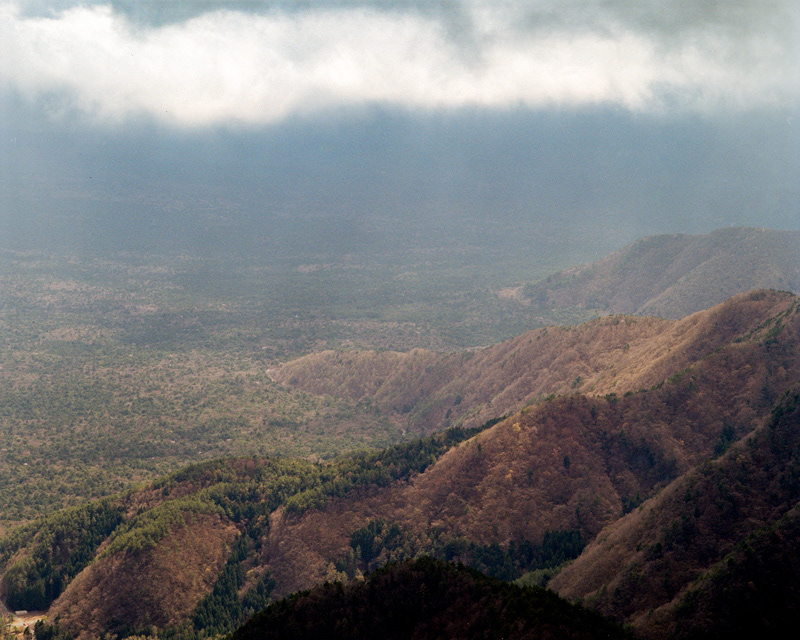
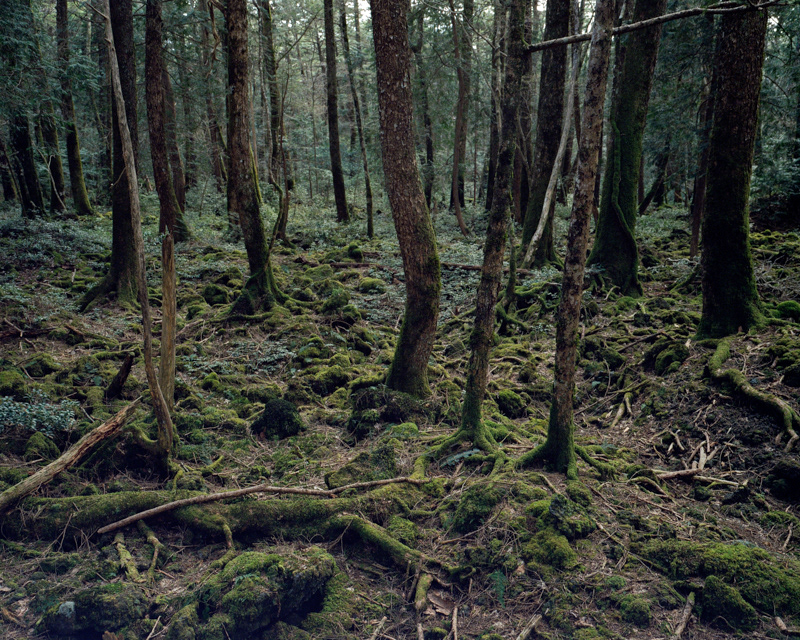
Ki yama, 2024


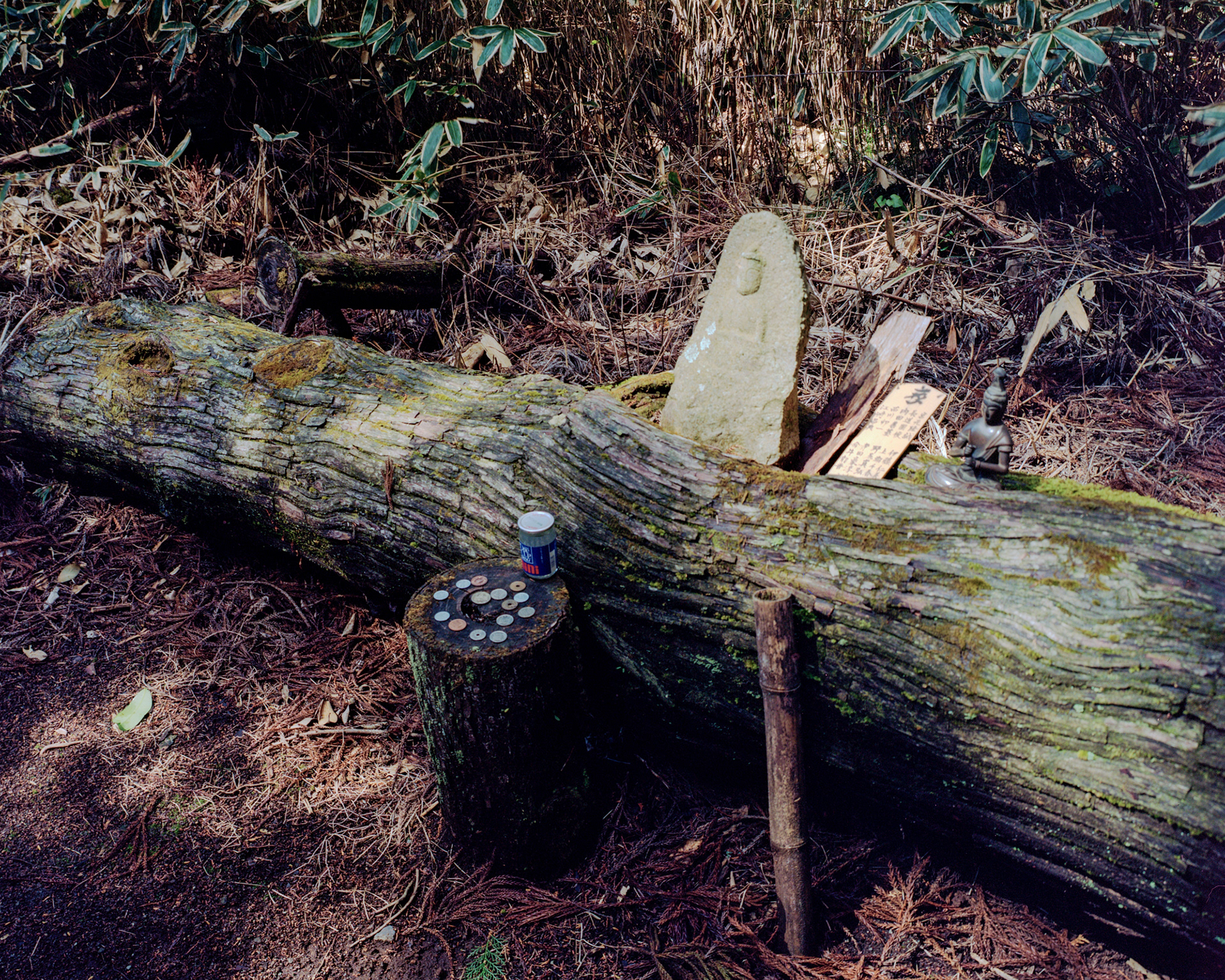


O tsu ge, 2025
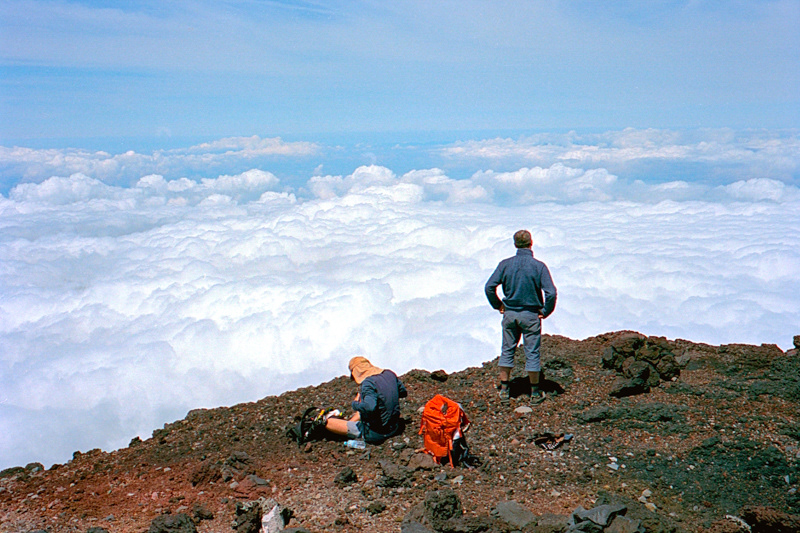
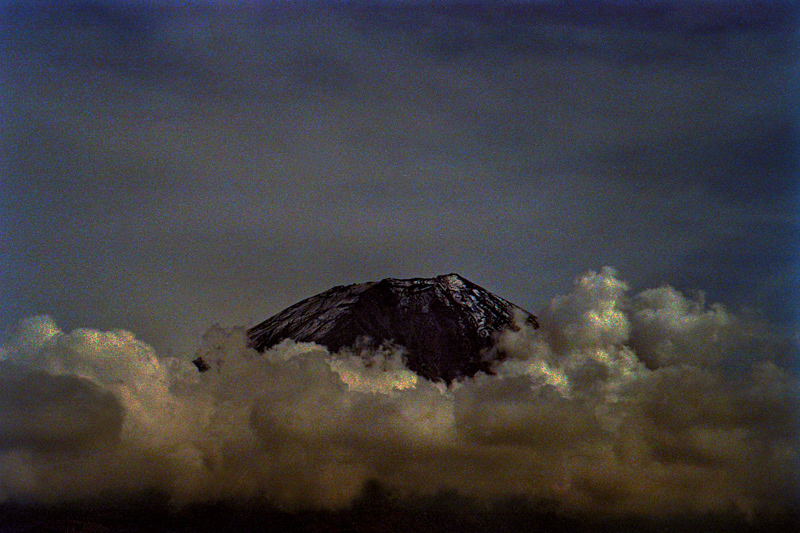
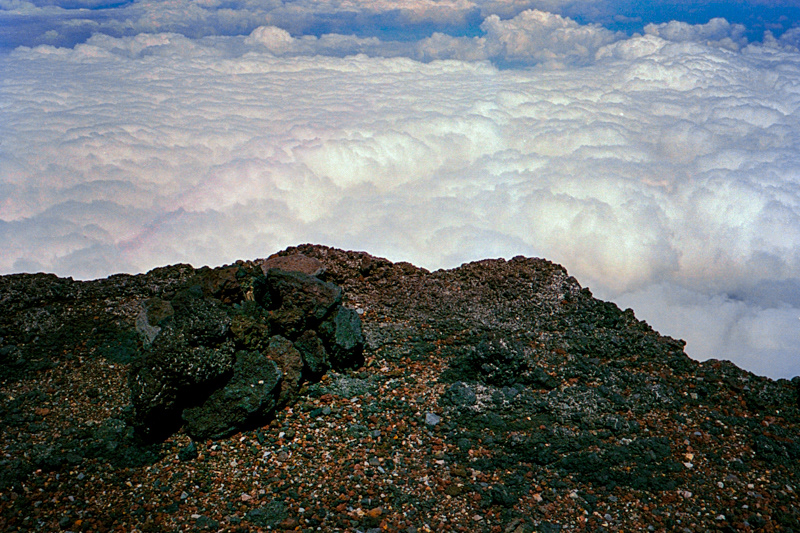
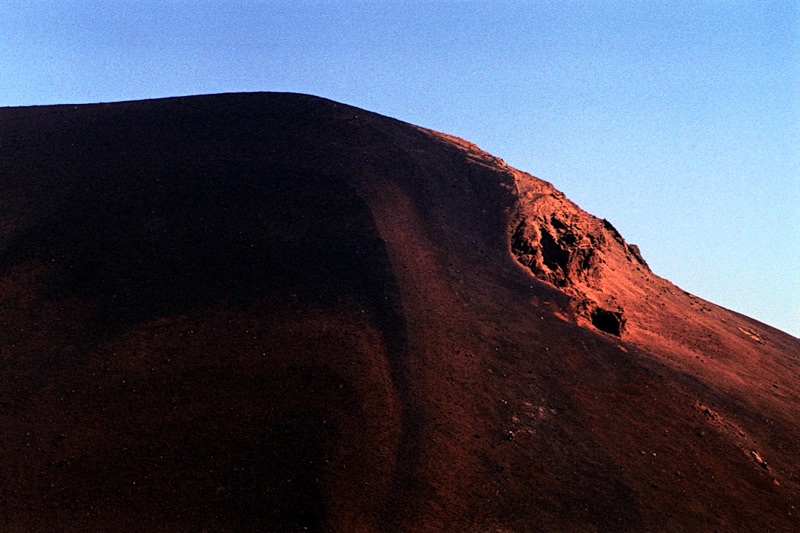
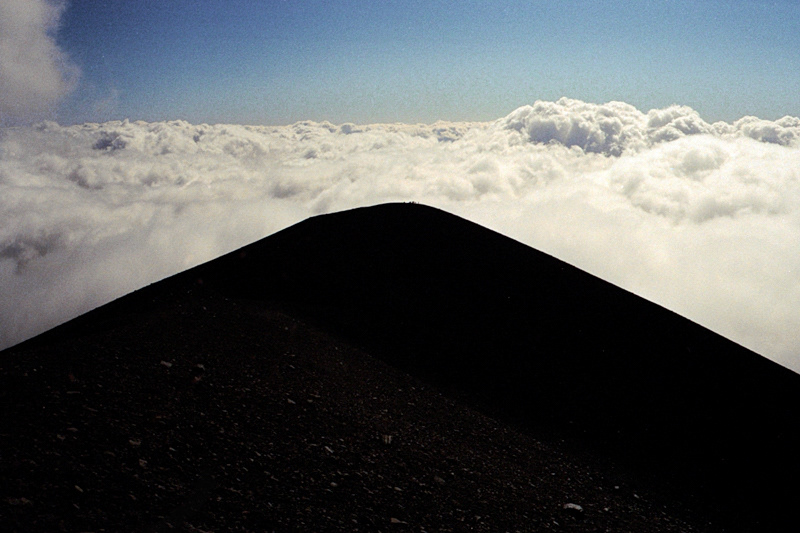
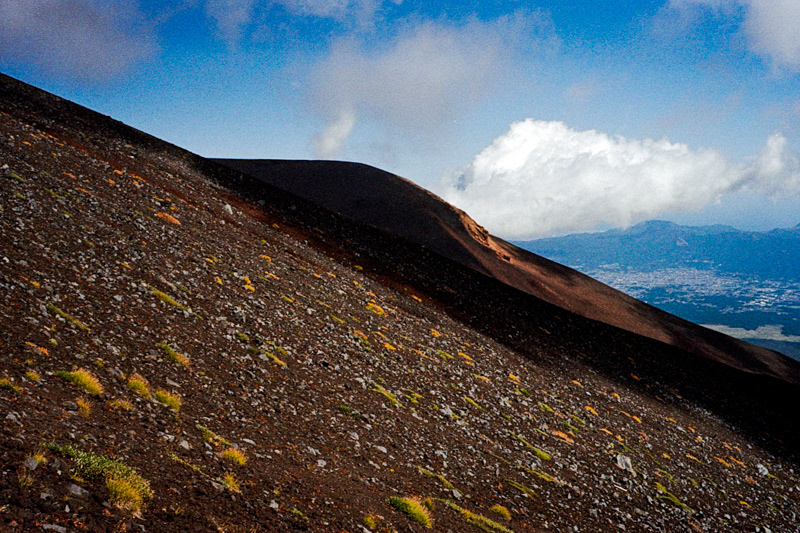
Aka kabe, 2023
Shinpi, 2024

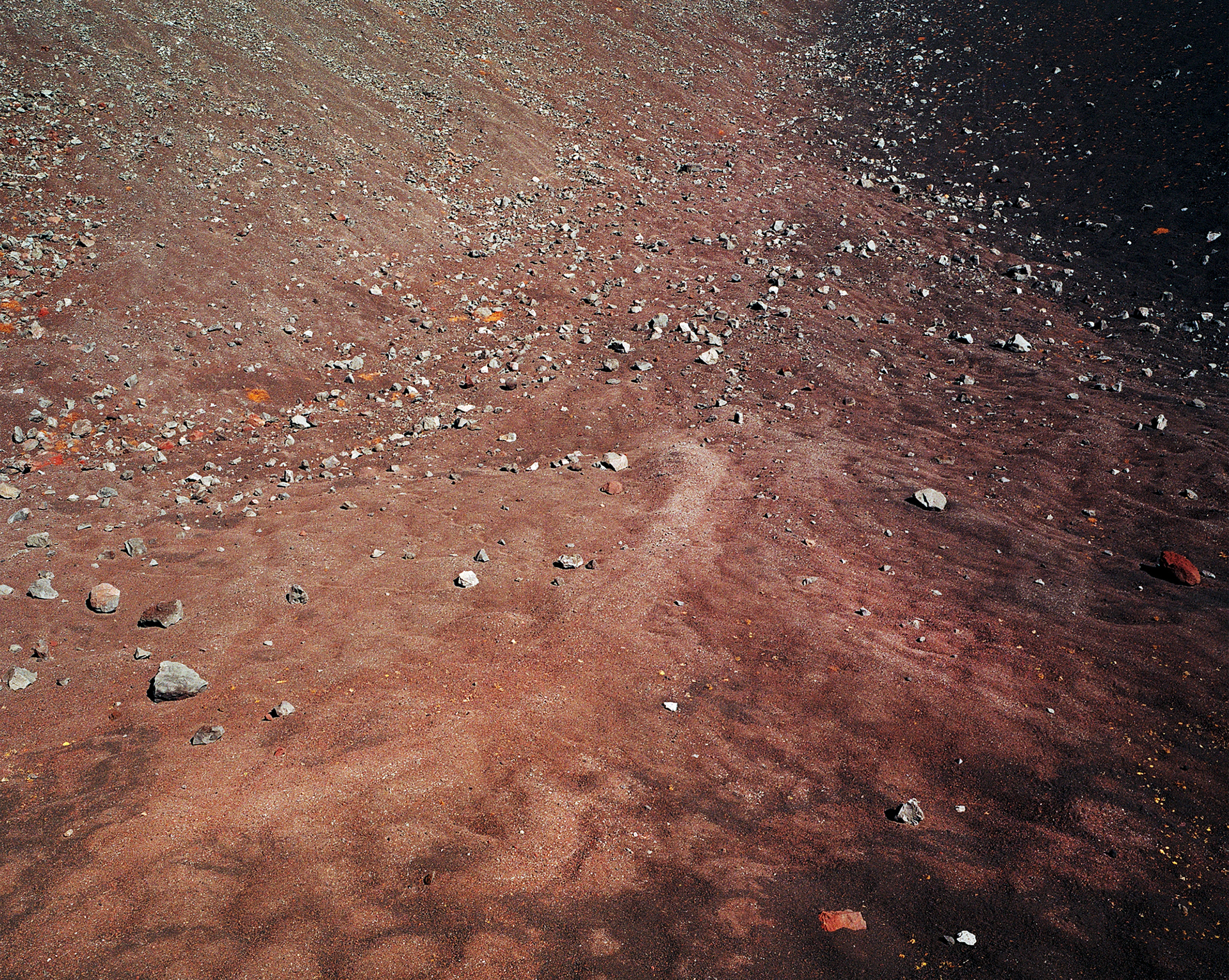
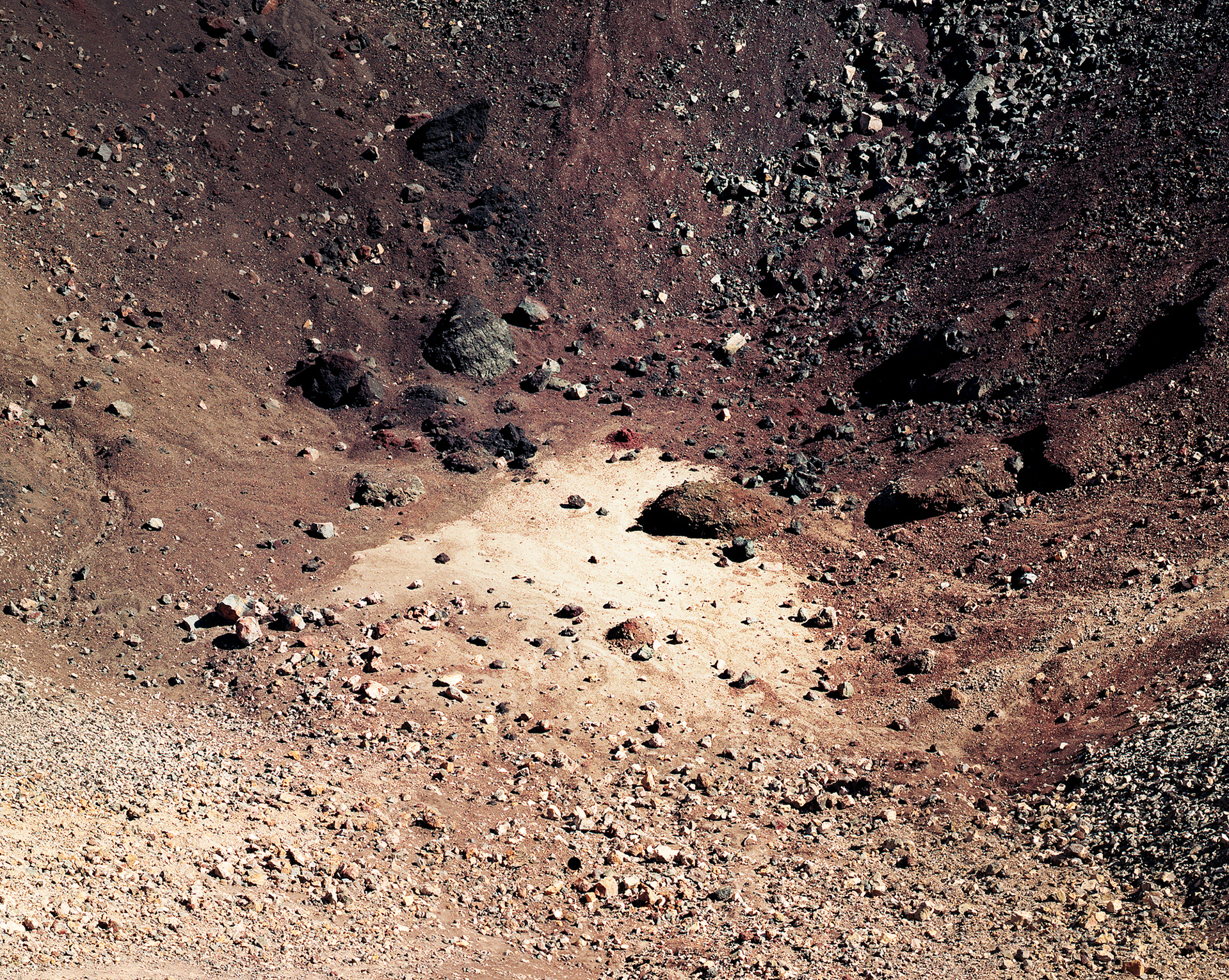

Yami, 2024
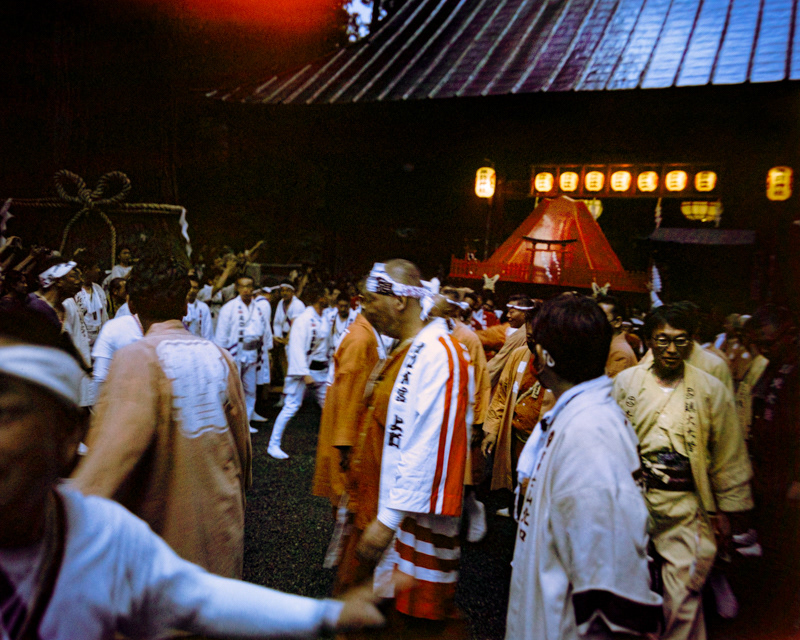
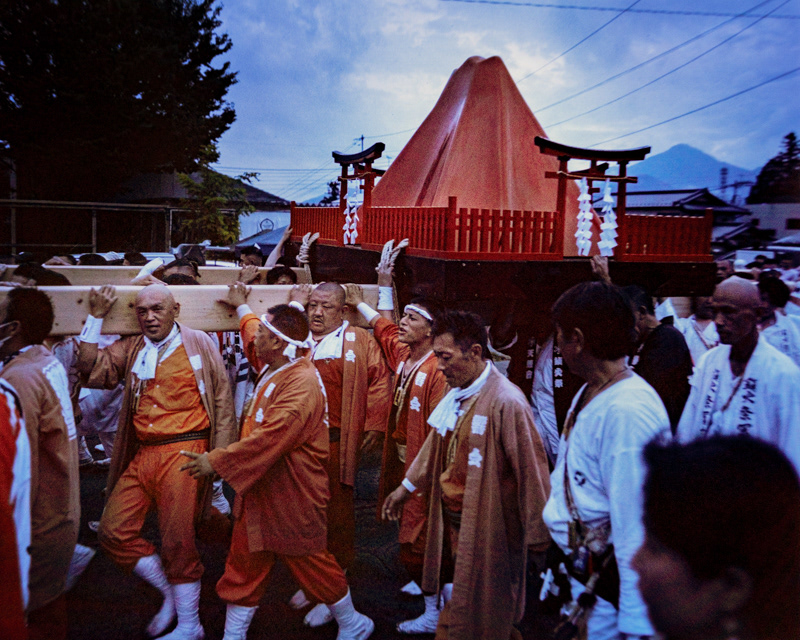
Fujiyoshida fire festival, 2023
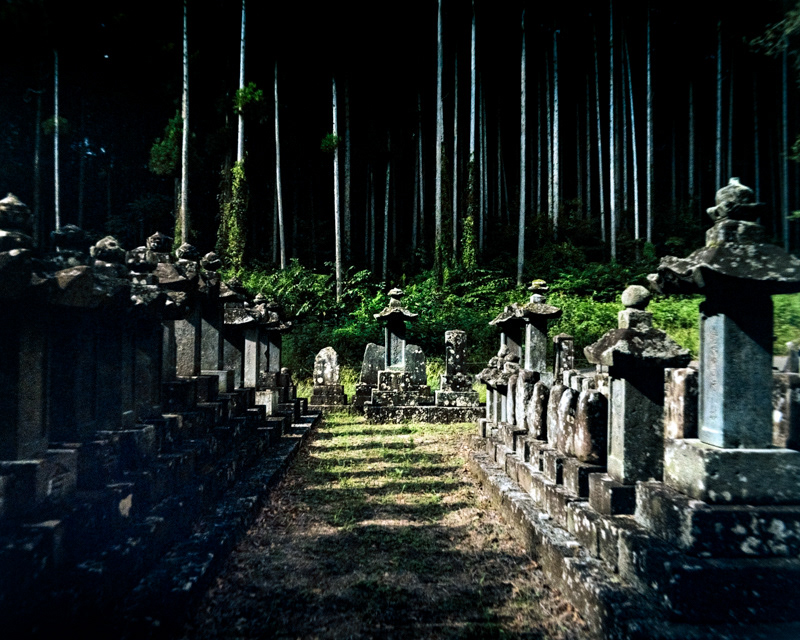
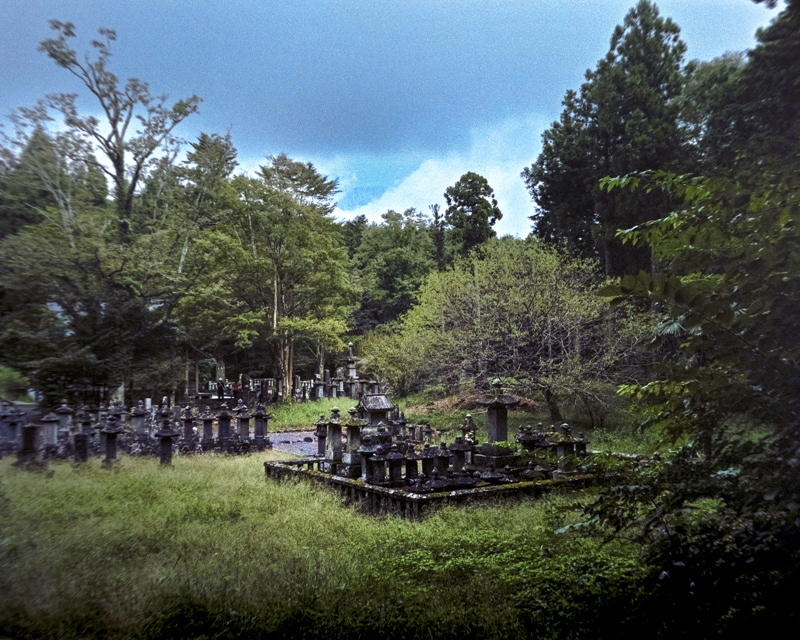
Hitoana Sengen Shrine, 2024
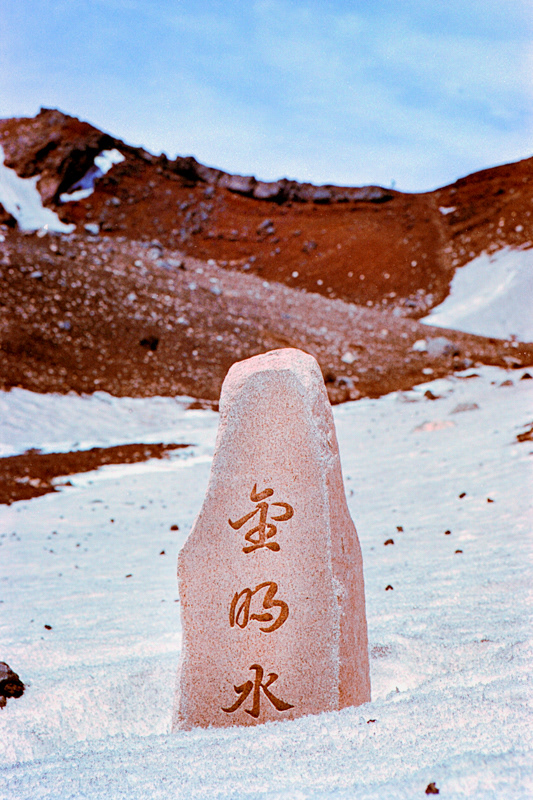

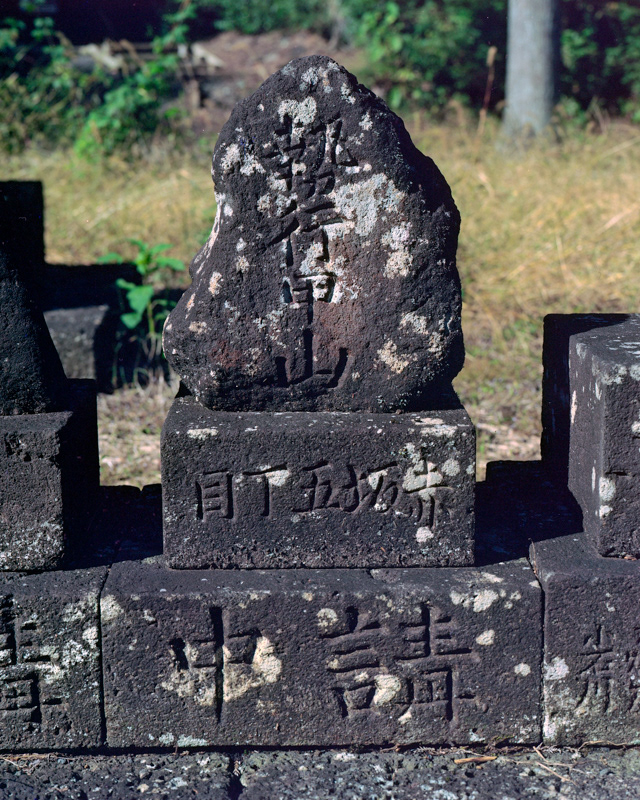
Kinmei-sui, 2023 Motosu-ko, 2023 Hitoana, 2024
Noborimasu, 2024
Hana no Fuji, 2024

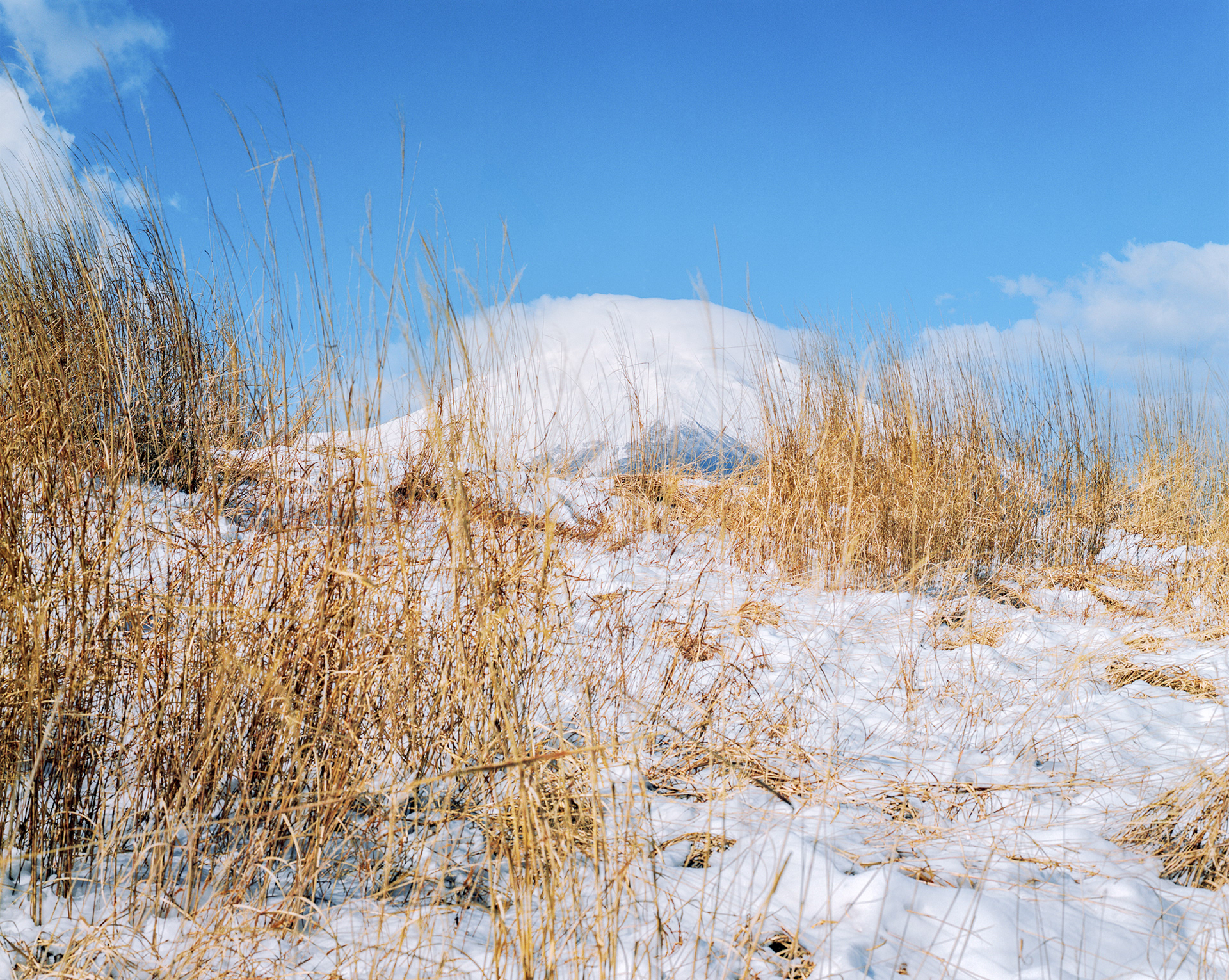
Nikko Fuji, 2025 Yuki Fuji, 2025
Tsuki no Fuji, 2023
Sayonara Fuji, 2025